Environmental Key Points in the Construction of Rockwool Production Lines
In today's context where the concept of green development is deeply rooted in people's minds, the construction of rockwool production lines must not only pursue efficient production but also strictly adhere to environmental protection standards. As an important material for building insulation and industrial heat insulation, if not handled properly, the production process of rock wool can easily generate waste gas, wastewater, solid waste, and noise pollution. Therefore, when constructing production lines, it is necessary to fully consider environmental issues to ensure that production activities advance in harmony with ecological protection.
Preventing air pollution is a key aspect of the environmental construction of rockwool production lines
During the production process, raw material processing, high-temperature melting, and other procedures produce a large amount of dust, which, if discharged untreated, will severely affect air quality. Additionally, the furnace burning fossil fuels will produce harmful gases such as sulfur dioxide and nitrogen oxides. In response, companies need to equip high-efficiency dust removal equipment, such as the combination of pulse bag filters and electrostatic precipitators, which can effectively reduce dust concentration; using Selective Catalytic Reduction (SCR) technology for denitrification and the limestone-gypsum wet desulfurization process can significantly reduce harmful gas emissions to meet national environmental standards.
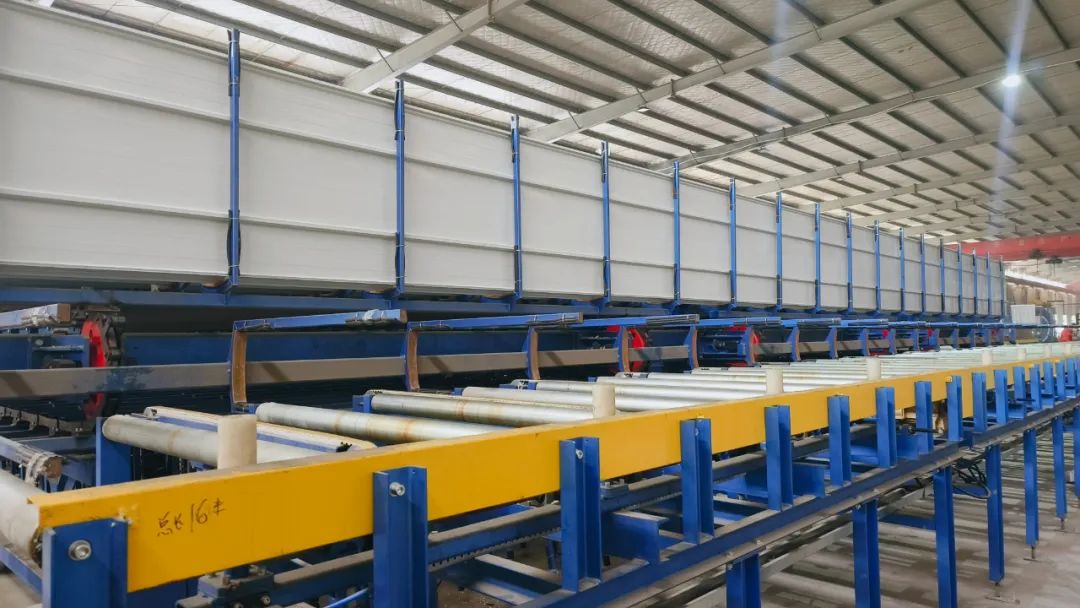
Wastewater treatment cannot be ignored
During the production of rock wool, equipment cooling and cleaning processes produce wastewater containing suspended solids, heavy metal ions, and other pollutants. To achieve the recycling and standard discharge of water resources, companies need to build a comprehensive wastewater treatment system. Using grates and sedimentation tanks to remove large particle impurities, further purifying the water quality through coagulation sedimentation and filtration processes, and finally using ion exchange, reverse osmosis, and other technologies to deeply treat heavy metal ions, ensuring the treated water quality meets reuse requirements or discharge standards, thereby reducing pollution to surrounding water bodies.
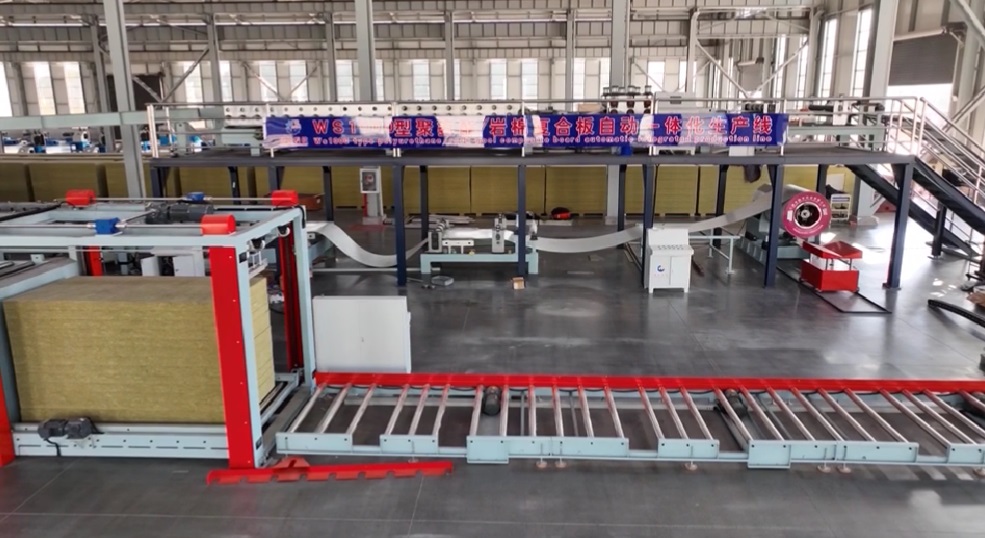
Solid waste treatment is an important aspect of environmental construction
In the production process, non-conforming rock wool products, scraps, and other general solid wastes, as well as waste mineral oils and heavy metal-containing sludge from the use of hazardous chemicals, need to be properly classified and disposed of. General solid waste can be recycled through methods such as crushing and melting to improve resource utilization; hazardous waste must strictly follow relevant regulations and be safely disposed of by qualified units to prevent harmful substances from leaking and polluting the soil and groundwater.
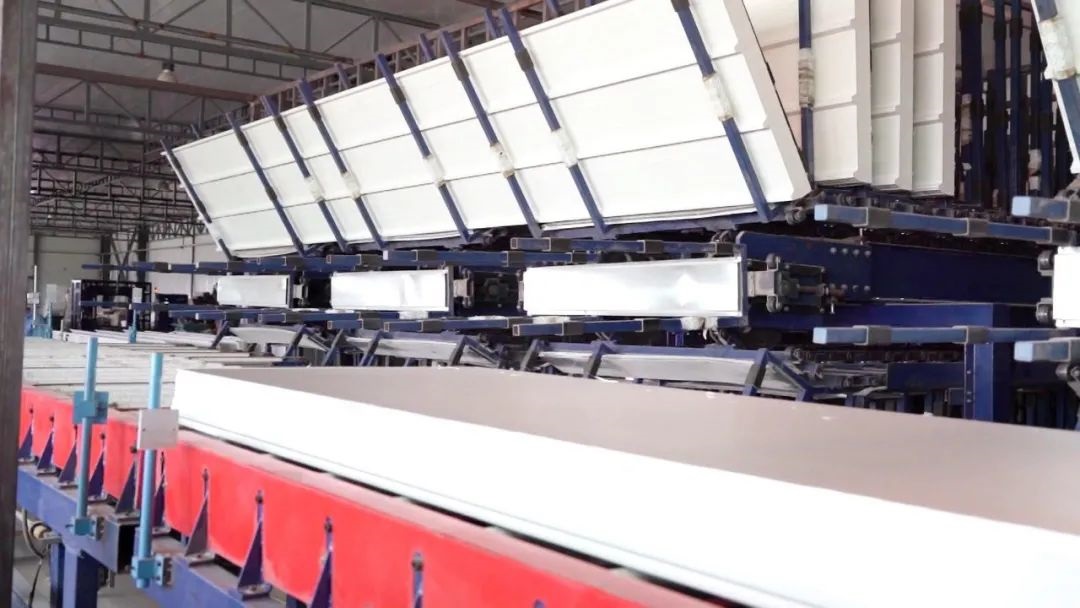
Noise pollution control is a necessary measure
During the operation of equipment such as fans and centrifuges in rockwool production lines, significant noise is generated, which, if not controlled, will affect the living environment of nearby residents. Companies can start by selecting equipment, prioritizing low-noise equipment, and adding vibration dampers and silencers to high-noise equipment; in plant design, using soundproof materials to construct walls, doors, and windows, and setting up sound barriers to effectively block noise transmission, keeping plant boundary noise within standard limits.
Additionally, establishing and improving an environmental monitoring and management system is crucial. Companies should regularly monitor emissions of waste gas, wastewater, noise, and other pollutants to grasp the emission situation in real-time, and rectify immediately if standards are exceeded. At the same time, they should formulate comprehensive environmental management systems, clarify environmental responsibilities for each position, enhance environmental training for employees, raise overall environmental awareness, and ensure the normal operation of environmental facilities and the effective implementation of various environmental measures.

In summary, the construction of rockwool production lines must integrate the concept of environmental protection throughout, taking effective preventive measures from various aspects such as waste gas, wastewater, solid waste, and noise to build a green production system. This ensures a win-win situation for both economic and ecological benefits, laying a solid foundation for the industry's sustainable development.


 CN
CN
 EN
EN
 fr
fr  de
de  es
es  it
it  ru
ru  pt
pt  ar
ar  th
th  pl
pl  ro
ro 






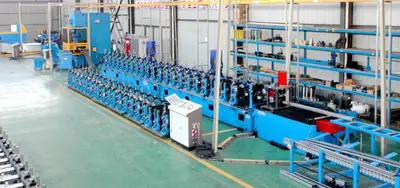
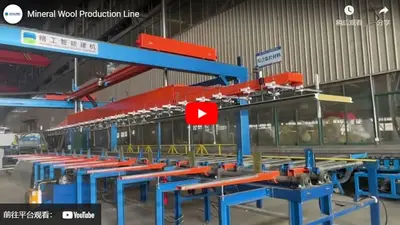

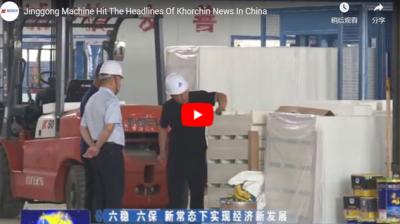

 Call us on:
Call us on:  Email Us:
Email Us:  #1809, Jianhu Rd, Keqiao, Shaoxing, Zhejiang, China
#1809, Jianhu Rd, Keqiao, Shaoxing, Zhejiang, China 